Podcast: Play in new window | Download
Subscribe: RSS
Did you know that in North America, adult mobile phone use has hit 3 hours and 54 minutes per day?
The majority of that time is spent in mobile applications and not in the web browser.
Mobile apps offer an appealing and dynamic ecosystem to grab users’ attention and encourage them to interact with your business.
Let’s talk about the massive opportunity to reach a broader, highly engaged audience and how you can grow your business by taking advantage of these massive mobile app ecosystems.
What’s New?
What’s new in Marketing?
Breaking Down How Instagram Search Works – The social media giant Instagram sheds some light on how they personalize your experience across Feed, Stories, Reels, and Explore.
LinkedIn gives up on Stories – Stories just aren’t working for LinkedIn. The platform is shutting down its ephemeral Stories product and plans to “remove the current Stories experience by the end of September.
Twitter will soon let users send and receive Bitcoin in its ‘Tip Jar’ platform – Twitter earlier this year introduced a new feature called “Tip Jar,” which allows users to send money to others to support content creators they follow, and witter is working on adding Bitcoin to the Tip Jar.
Google Ads To Drop Expanded Text Ads For Responsive Search Ads In 2022 – The search giant has announced that it will drop support for expanded text ads for responsive search ads, which will be the only Search ad type created or edited in standard Search campaigns.
What’s Working?
Sometimes we often forget that Mobile is an effective way to promote your business.
But how can you use Mobile Apps to get your business known?
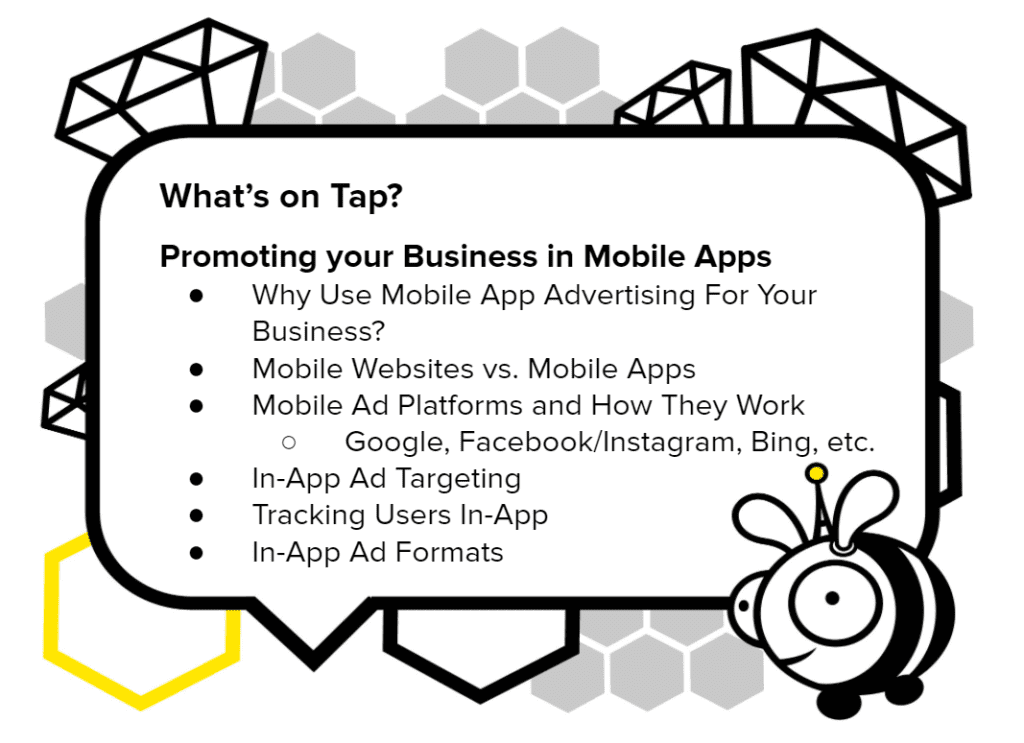
Well, let’s dive in!
How to Promote your Business in Mobile App Ecosystems?
Why Use Mobile App Advertising For Your Business?
Apps are one of the most effective channels for advertisers to capture consumers’ attention. With advanced data tracking and user targeting, in-app advertising can reach audiences with pinpoint accuracy.

In-app advertising is an effective monetization strategy for mobile publishers, in which app developers get paid to serve advertisements within their mobile app. They also drive global media consumption.
This makes in-app advertising a vital marketing channel for brands and agencies.

Difference between Mobile websites and Mobile Apps
Mobile websites and mobile apps share many similarities; however, key elements set them apart.
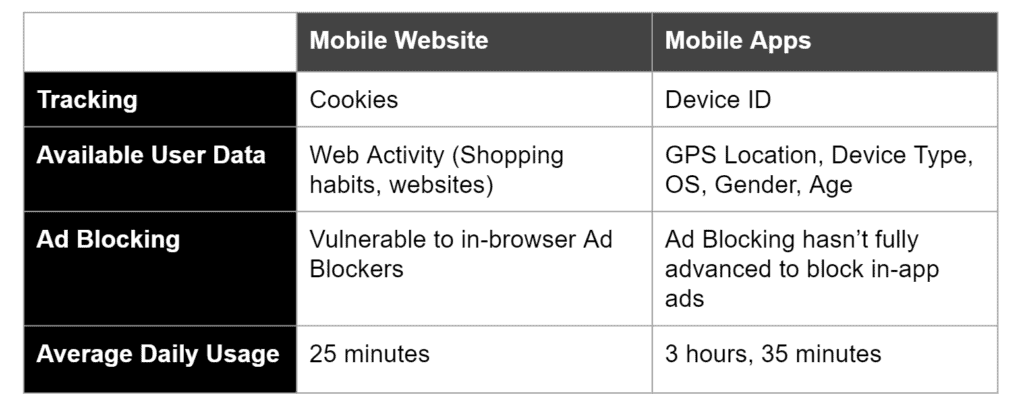
Mobile Ad Platforms and How They Work
A mobile ad platform is a place where advertisers can purchase ad spots delivered on mobile websites and apps. You can set an ad campaign spend limit with multiple bid options.
If you’re looking for higher net worth customers, one thing you can do on Facebook is target device types.

Mobile Ad Platforms You Can Use
There are several ad types, but the most popular ones include:
- Google search ads
- Facebook ads
- Instagram ads
- Mobile in-app ads

Google Display Ads
When using display ads, you can use device targeting to target only smartphone and/or tablet users. On this platform, you can publish ads within apps, browsers, and Google search results.
Ads you can use on smartphones and tablets:
- Text and image ads, image and video app promotion ads, and TrueView ads.

Google Display Ads Examples
Use app placements in Google display campaigns to anyone in their service area who is searching for related services, DIY, or watching how-to videos.
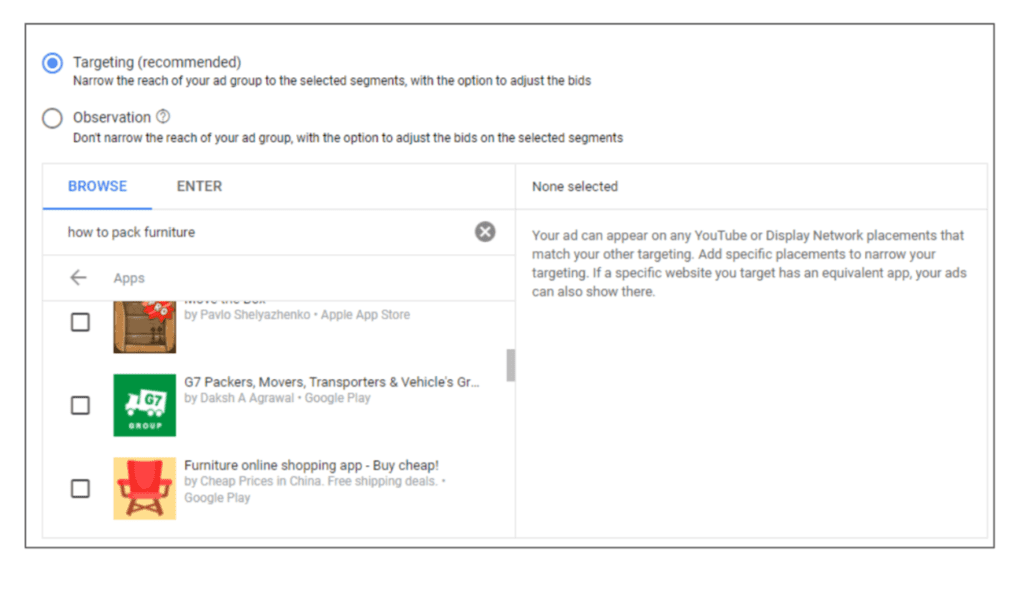

Facebook/Instagram Ads
Facebook Ads has provided advertisers alternatives to select from the following ad types:
- Native ads, Interstitial ads (full-screen ads), Banner ads, In-stream video ads, and rewarded video ads
Facebook allows marketers to use app placements in the ad set settings.

Facebook/Instagram Ad Placements
Facebook also enables you to target specific devices for Android or iOS. You can select between specific mobile devices OS versions.

Bing Ads
Your advertising budget could spread farther on Bing. On average, you will pay 70% less for Bing Ads than Google. With Bing Ads, you have more control over the language, location, and scheduling of your campaign.

AdMob
The platform is beneficial for companies aiming to monetize by showing ads in their mobile app. AdMob allows users to decide what types of ads they want to show and to set filters, so only relevant ads are shown.
You can create an interstitial ad which is a game itself; this is called an Interactive Replayable Mobile Ad.

In-App Ad Targeting
Since apps are able to collect first-party data on an opt-in basis, they are also able to pass valuable targeting parameters. This makes it easy for advertisers to precisely reach their ideal audience through in-app advertising.
Within the in-app environment, advertisers can also harness geolocation data to ensure that they are reaching users at the right time and in the right place.

Tracking Users In-App
Within the in-app environment, active user identification is tied to the device ID of each unique mobile device. This enables in-app advertising to provide true people-centric targeting, given the personal nature of mobile devices.

Measuring In-App Ad Viewability
A mobile display ad impression can only be considered viewable if it fulfills the following requirements:
- Pixel requirement: At least 50% of the advertisement’s pixels must be on an in-focus browser or a fully downloaded, opened, and initialized application in the viewable space of the device.
- Time requirement: The duration in which the pixel requirement is met must be at least one continuous second, post ad render.
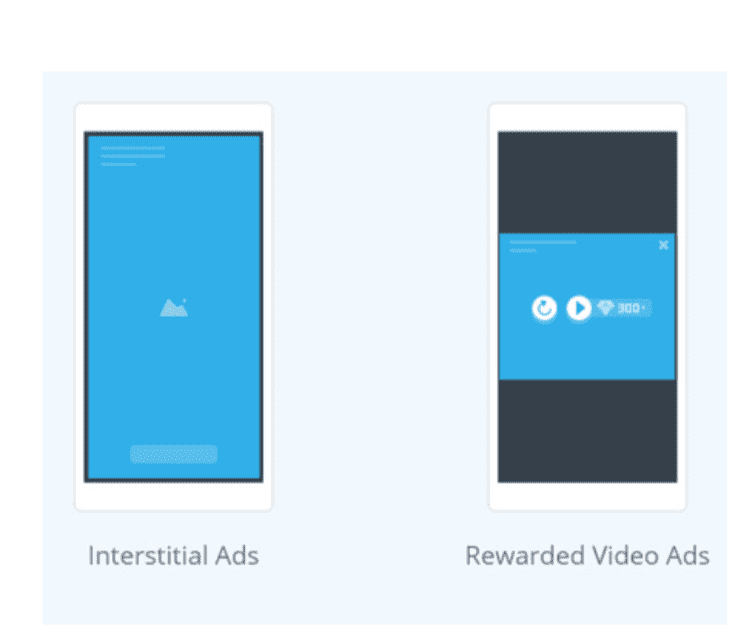
In-App Ad Formats
Video Ad Formats
Mobile video advertising is an integral part of a successful advertising strategy. Mobile video ad formats can effectively deliver engaging brand messages.
- Interstitial Video Ads
- Rewarded Video Ads
- Outstream Video Ads
- Instream Pre-Roll Video Ads

Display Ad Formats
In-app display ads provide advertisers with a flexible way to scale their campaign reach within the in-app environment.
- Native Ads
- Interstitial Ads
- Banner Ads
- Medium Rectangle Ads
Wrapping It Up
Mobile App Advertising is quite beneficial as more people use their phones over websites daily.
Know your audience and where they spend their time so you can advertise to them effectively.
With sophisticated data tracking and user targeting, the in-app environment also allows advertisers to reach consumers with pinpoint accuracy.
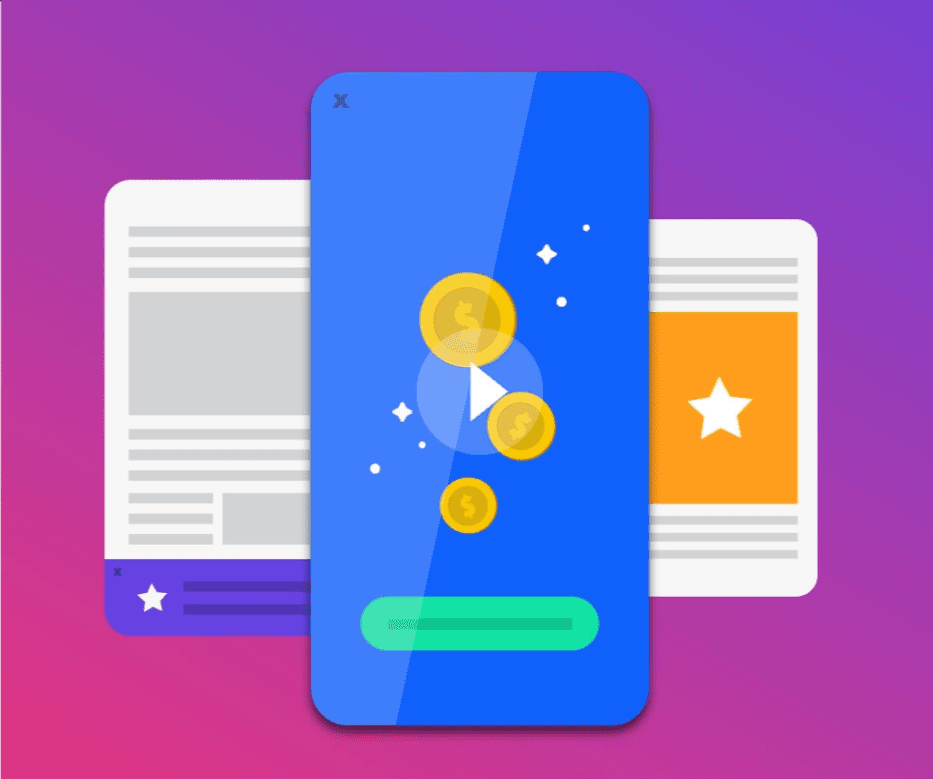
We hope you enjoyed learning about promoting business in Mobile App Ecosystems. If you’re looking for more great content, check out some of our other reads below:
5 Types of Campaigns You Can Use To Grow Your Business Today
Social Messaging and 8 Ways to Use It To Grow Your Business
4 Facebook Campaign Game Plans to Ensure Success
How to Repurpose Long Form Video for Social Media

